Hellfest reveals its 2026 lineup and announces the release of ARTE Riff Mountain!
Hellfest announced the release date of ARTE Riff Mountain, coming on November 21st, 2025, and revealed its official cinematic trailer.
Real-time 3D, generated by historically game engines, allows for the instant generation and display of three-dimensional graphics in real-time, typically for interactive purposes.
It differs from pre-rendered 3D, where 3D images are pre-computed and saved for later playback.
Real-time 3D is commonly used in various fields, including video games, simulation, architecture, product design, virtual reality (VR) or augmented reality (AR) applications, and many others.

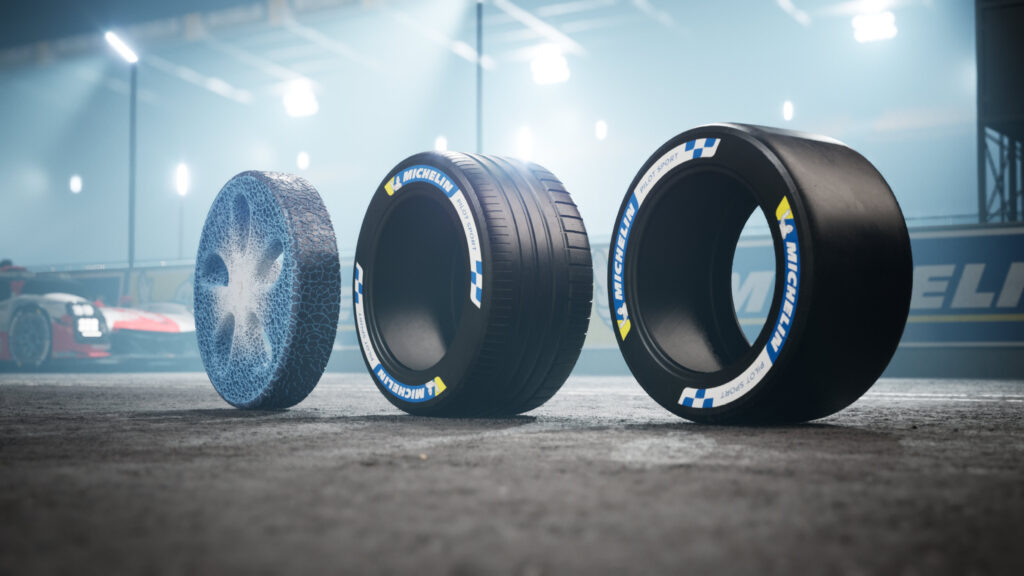
“Improved profitability, time savings, enhanced collaboration, and increased productivity are just a few of the many benefits that have convinced 85% of these companies that game engine technology will play a significant role in their future.” – from Forrester’s EPIC GAMES survey.
The main characteristic of real-time 3D is its interactivity with immediate response. Users can interact with the 3D environment, move objects, adjust settings, or even create new elements in real-time. Depending on the actions they perform, results are generated nearly instantly (around 1/60th of a second per frame), providing highly natural interactivity.
Real-time 3D systems are designed to display 3D images at high refresh rates, often ranging from 30 to 60 frames per second (FPS). This enables a smooth, low-latency user experience.
Unlike pre-rendered 3D, where images are rendered in advance (for videos or image sequences), real-time 3D generates images on the fly, performing complex calculations in real-time for each displayed frame.
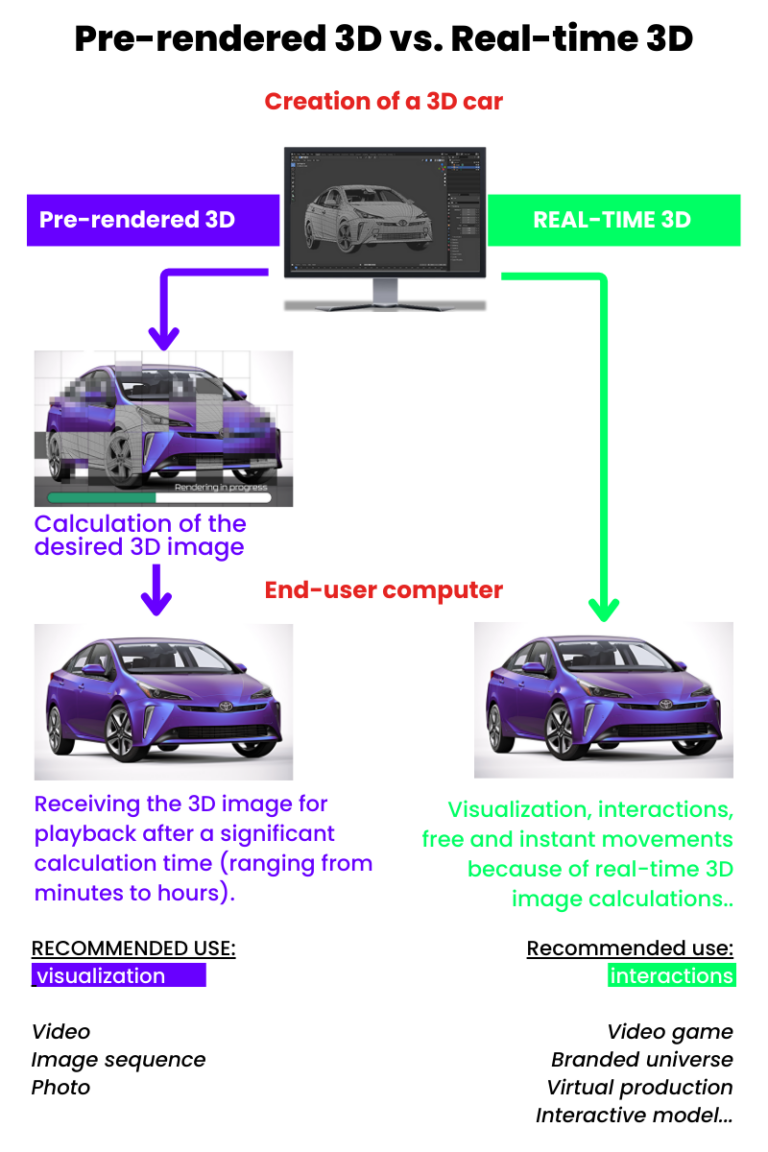
Real-time 3D is used in a wide range of applications, from video games, where it enables players to control characters and explore virtual worlds, to product design, where it facilitates the visualization of 3D prototypes, as well as in training, simulation, and many more.
At SoWhen?, we use real-time 3D to meet our clients’ interactivity needs through custom virtual worlds, phygital experiences with behavioral AI, learning games, and phygital models to convey scientific concepts to the general public.
Here are some examples of projects carried out using Unreal Engine (UE5): Alstom’s virtual universe, Michelin’s 3D film shown during the 24 Hours of Le Mans centenary, Disney+’s interactive experience ‘The Wall of Shadows,’ and the portable phygital model by Regen Lab.
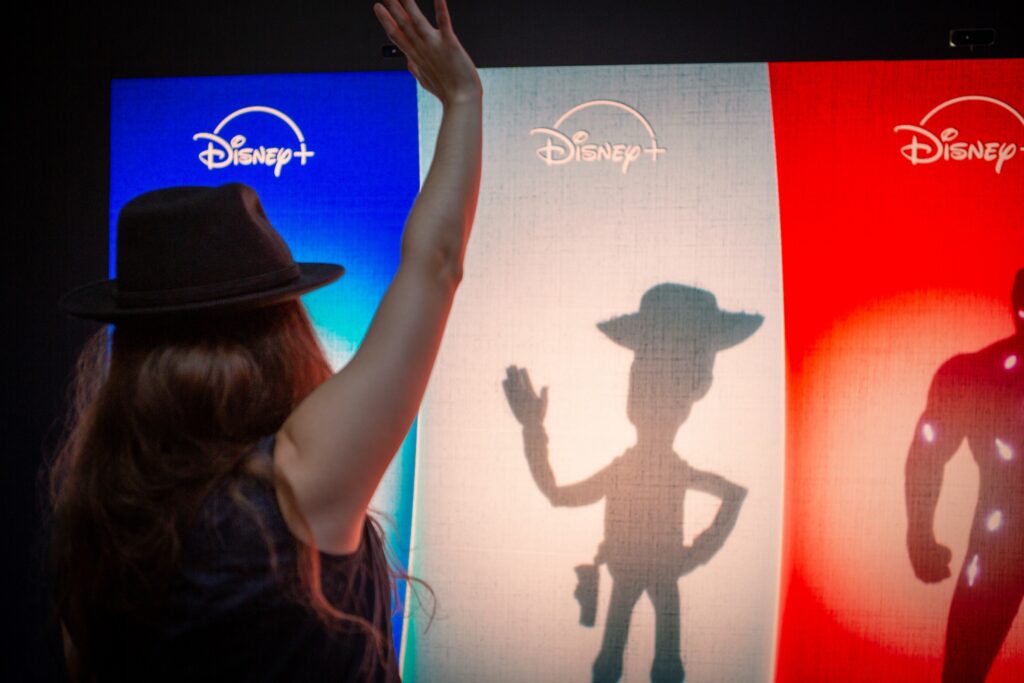
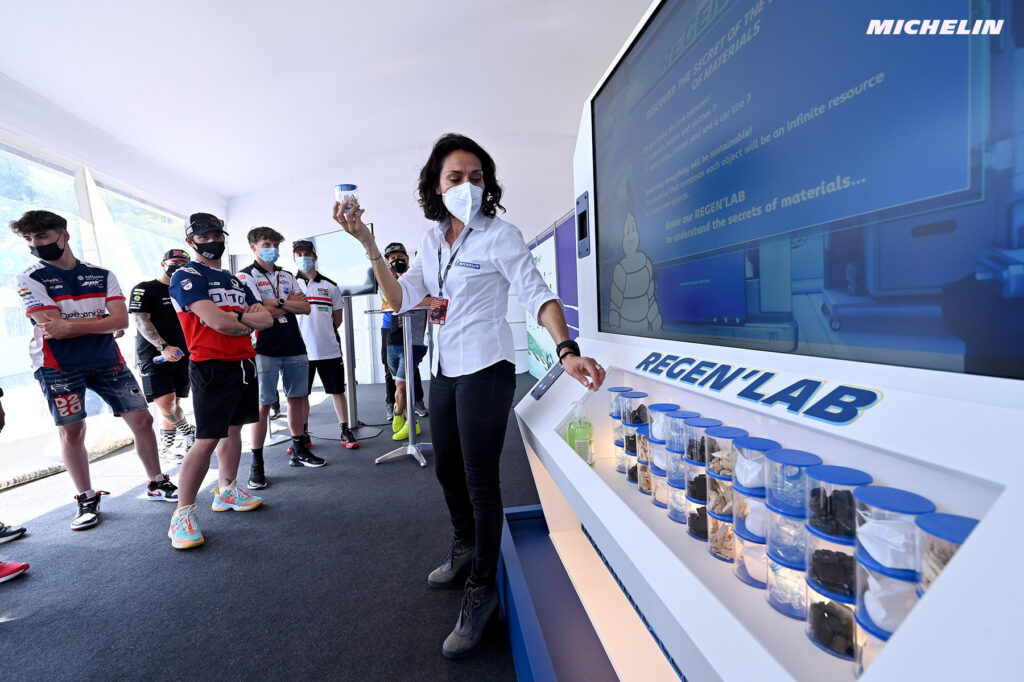
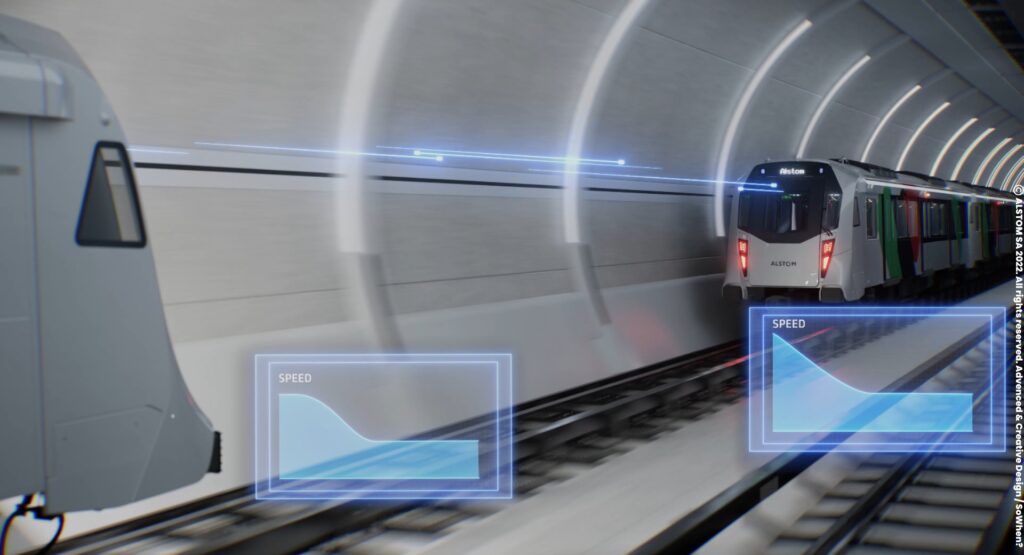
To generate complex worlds with high fidelity lighting and materials, featuring extensive data and a large variety of interactions, it is often necessary to have powerful computer hardware, especially high-performance graphics cards (GPUs). These expensive machines now have a more flexible and accessible digital counterpart through cloud computing.
According to the Unreal Engine (UE) Forrester report, 77% of companies aim to enhance team collaboration using real-time tools. Epic Games has therefore decided to increase UE integration into a cloud-focused ecosystem (web-hosted virtual machines) with features like Pixel Streaming. This allows companies to address their specific needs by adjusting subscriptions instead of purchasing physical machine clusters.
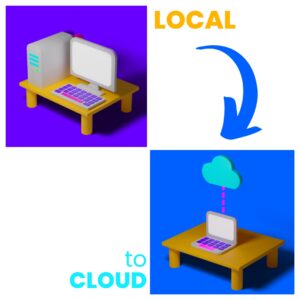
In the beginning, real-time rendering couldn’t achieve the same image quality as pre-rendered 3D.
Over the past 40 years, computational power has overcome certain constraints, enabling the generation of highly realistic real-time images.
The quality gap between the two is narrowing with technological advancements, leading to an ever-expanding range of applications and industries for real-time rendering.
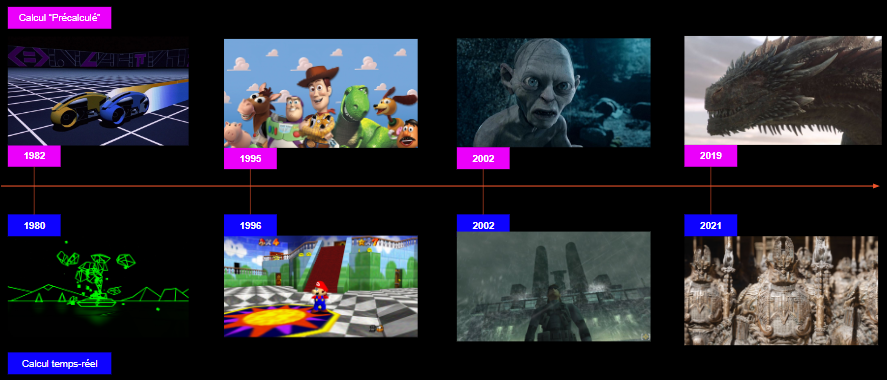
Follow our news and discover the latest articles about our business, the market, the tips we offer you…
Hellfest announced the release date of ARTE Riff Mountain, coming on November 21st, 2025, and revealed its official cinematic trailer.
ARTE Riff Mountain will be featured at Paris Games Week, with an exclusive first demo available to the public.
After introducing the birth of the project in the first episode, this Dev Diary #2 dives into a key stage of the adventure: the conception phase.
SoWhen? was invited by SGA and EPIC to present a masterclass about our Multivert studio and a keynote on our co-production ARTE Riff Mountain.
Would you like a quote?
Tell us about your projects? Receive more information?
Grab a coffee?
69-71 rue de la Fraternité
93100 MONTREUIL
FRANCE
Terms of Use
SoWhen?
The Team
Jobs
Our R&D lab
The SoWhen? Experience
Virtual Studio
Kits
Originals
Productions
Our news
Awards
Blog